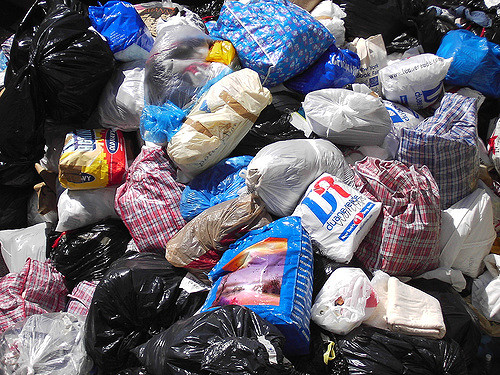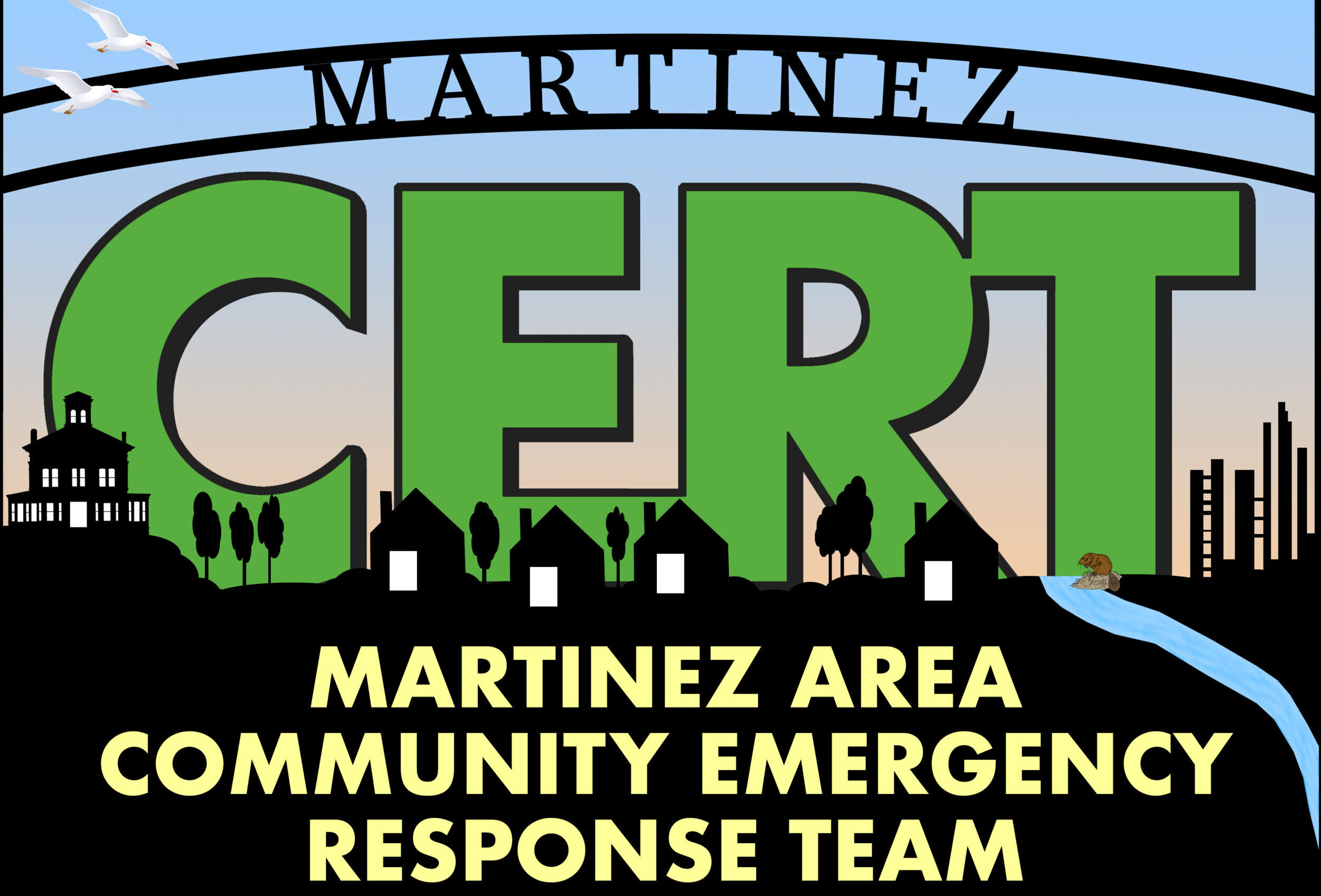Contra Costa Voluntary Orgs Active in Disasters (VOAD)

MartinezCERT volunteers were among a diverse community of organizations that attended a workshop on October 23 about the Contra Costa Voluntary Organizations Active in Disasters (VOAD, pronounced VO-ad), one of several county and area VOADs in California. From their site:
VOAD associations improve outcomes for people affected by disasters by facilitating cooperation, communication, coordination, and collaboration among nonprofit organizations, community-based groups, government agencies, and for-profit companies.
At this meeting, we heard about the Red Cross response to recent disasters (Oct. 5th fire in Baypoint required evacuation and overnight shelter for residents displaced by the fire, and Oct. 17th pipeline explosion causing 1400 homes to be evacuated at 11pm, with two shelters to be set up for overnight stays. Residents were allowed to return the next afternoon.) The speakers from Red Cross (Jennifer & Briana) noted that many companies and organizations stepped up to assist with food and other supplies.
Jodi Traversaro, Administrator of the Coastal Regional California Office of Emergency Services (Cal OES) pointed out that “all disasters are local.” Cal OES responds to county OES requests, which respond to city or local offices. It was not surprising to learn that cascading impacts of a disaster overwhelm local resources.
Suu-Va Tai, Director of Disaster Volunteering and Preparedness at California Volunteers, offered early information on upcoming trainings (2019). We’ll be watching for the details and registration information to become available.
Charlene Sargent, Director, Disaster Response at Adventist Community Services, provided much of the day’s eye-opening information. She noted right away that immediately after a disaster, spontaneous donations (often in black plastic garbage bags) show up at various shelters and response organizations. These are not set up as collection centers and can’t accept the donated stuff.
What’s striking about this: 40 to 60% of these donations are useless. When responders—official and volunteers—show up to assist in an urgent need, that need does not include determining (a) whether the bag of stuff is clean, (b) sorting through to determine size, condition, recall status, or usefulness in the current need, or (c) coordinating or creating a distribution path to get donated supplies to someone who needs that stuff. Storing these bags of stuff is also a problem when safe space is at a premium—used for shelters and the most urgently needed supplies. The “bags of used stuff” may end up at Salvation Army or Goodwill for small-scale donations, but larger piles have occasionally gone to local landfills at a cost to the local governments for labor and transportation.
Charlene advises that we document our volunteer hours with the organization we’re volunteering with. When FEMA responds to a disaster, they may cover up to 75% of the recovery expenses, with the State and local governments contributing the rest. Our volunteer hours can be turned into contributions that help cover our local portion of expenses. (Note to Martinez CERT volunteers: did you log your hours for this meeting?)
What are the best things to do as a potential or spontaneous contributor?
- Take the CERT training this Spring 2019.
- Donate financially to a local or national response organization. Which one? Here’s a start.
- Have a pre-emergency yard sale with ALL of the stuff you could part with. Donate some or all of the proceeds to your local response groups. (This one will really make you feel good!)
The Flow of Supplies
After lunch we learned about the flow of supplies. Companies donate wholesale supplies that are delivered to big collection centers at multi-agency warehouses. Multi-agency warehouses get wholesale donations by the truckloads. Inventory is taken. The multi-agency warehouse has volunteers who know what to collect (by verifying needs, considering the seasons and other factors), sort into uniform-sized boxes (not heavier than 45 pounds), then send these specially packed boxes to various distribution sites that work with survivors.
Packing at these centers fills cardboard or plastic boxes, then boxes are marked. No miscellaneous items are included. Clothing is sorted by gender and size, with the larger sizes at the bottom. Most of these collection centers are not set up to handle perishables, which can become a public health hazard. Outdated food and creased or unlabeled cans are discarded. No bags of miscellaneous items are accepted.
Shipping is arranged with receiving organizations before collection starts. Usually funding is limited or non-existent for shipping.
The receiving distribution centers get items for the immediate needs of survivors: fresh groceries, blankets, personal care kits, baby care, cleaning supplies, new clothes. It’s all documented: where it came from to who receives it. Note: these distribution centers are not the same kind of place as medical or other specific supply PODS (Points of Distrubition).
Messaging becomes important: public-facing need to monitor social media sites and confirm or update as needed. Public Information Officers can prepare some messages in advance.
UPDATE: A related article from How Stuff Works: 10 Worst Things to Donate After a Disaster. (Thanks MDARC!)
